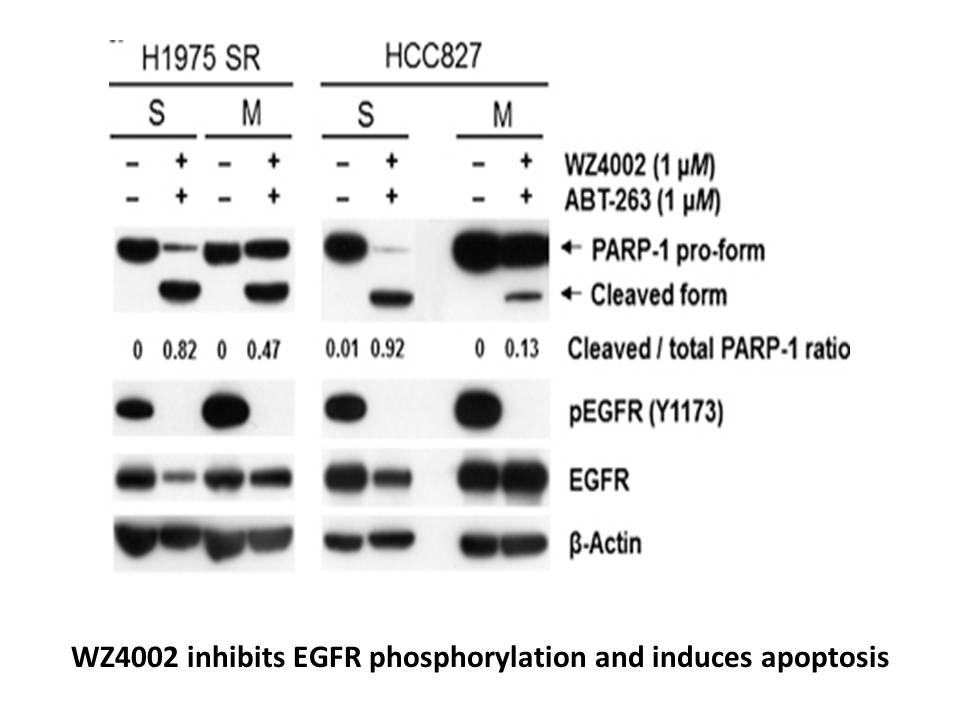Archives
- 2025-10
- 2025-09
- 2025-03
- 2025-02
- 2025-01
- 2024-12
- 2024-11
- 2024-10
- 2024-09
- 2024-08
- 2024-07
- 2024-06
- 2024-05
- 2024-04
- 2024-03
- 2024-02
- 2024-01
- 2023-12
- 2023-11
- 2023-10
- 2023-09
- 2023-08
- 2023-06
- 2023-05
- 2023-04
- 2023-03
- 2023-02
- 2023-01
- 2022-12
- 2022-11
- 2022-10
- 2022-09
- 2022-08
- 2022-07
- 2022-06
- 2022-05
- 2022-04
- 2022-03
- 2022-02
- 2022-01
- 2021-12
- 2021-11
- 2021-10
- 2021-09
- 2021-08
- 2021-07
- 2021-06
- 2021-05
- 2021-04
- 2021-03
- 2021-02
- 2021-01
- 2020-12
- 2020-11
- 2020-10
- 2020-09
- 2020-08
- 2020-07
- 2020-06
- 2020-05
- 2020-04
- 2020-03
- 2020-02
- 2020-01
- 2019-12
- 2019-11
- 2019-10
- 2019-09
- 2019-08
- 2019-07
- 2019-06
- 2019-05
- 2019-04
- 2018-11
- 2018-10
- 2018-07
-
br Discussion Debate persists about
2019-04-26

Discussion Debate persists about how to best define the ER ECG pattern. There is consensus regarding definition of the malignant form of ER as a J-point elevation that could be (or not) associated with ST elevation [1]. In this case, a clear J-point elevation was seen, particularly in lead III (F
-
SB203580 br Conflict of interest br Introduction Landiolol
2019-04-26

Conflict of interest Introduction Landiolol is an intravenous short-acting beta-adrenoreceptor blocker, and its wide use is exhibited by rapid wash out and a less-sustained effect on cardiac function after decreasing the dose or stopping its administration [1]. We present a patient with drug-r
-
Y es que en Estados Unidos el
2019-04-25

Y es que, en Estados Unidos, el campo denominado Cultural Studies producía una gran cantidad de investigaciones sobre la región mediante categorías de análisis propias del llamado primer mundo. En su versión latinoamericana, los Estudios Culturales llegaron pdgf receptor consolidarse en los años 199
-
Demand for kidney transplantation for ESKD
2019-04-25

Demand for kidney transplantation for ESKD has already outstripped the supply of donated rilpivirine from living donors, notwithstanding the inadequate donor pool. End-of-life donation can potentially expand the donor pool but is less common. For example, in India, among the 12 294 renal transplant
-
br Conclusions Based on our findings using a chronic
2019-04-25

Conclusions Based on our findings using a chronic animal model in vivo that repeated VF and defibrillation, not shocks, are associated with striking CaMKII activation, together with accumulating evidence that CaMKII is crucially involved in cellular processes for HF, it is conceivable that CaMKII
-
Subsequently more detailed mapping was performed to identify
2019-04-25

Subsequently, more detailed mapping was performed to identify the Purkinje potential preceding the QRS onset of the PVCs in their region of origin (Fig. 2B). Radiofrequency ablation was performed at the site of the earliest Purkinje potential preceding the local ventricular potential (Fig. 2C and D)
-
In summary programmed long AVD
2019-04-25

In summary, programmed long AVD, prolonged VA conduction time caused by anti-arrhythmic medication, and the rate of ELT (110bpm, below the upper tracking rate of 120bpm) were the reason ELT continued even in the presence of a programmed ELT termination algorithm. Physicians who manage patients with
-
br Case report A year old woman
2019-04-25

Case report A 58-year-old woman presented to our hospital with a history of several weeks of chronic dry cough and intermittent shortness of breath. On physical examination, the patient\'s blood pressure was 135/85 mmHg, oral temperature was 37.4 °C, pulse rate was 112/min, and her respiratory ra
-
Introduction Verapamil sensitive idiopathic left ventricular
2019-04-25

Introduction Verapamil-sensitive idiopathic left ventricular tachycardia (ILVT) has been shown to be a clinical entity of left-sided idiopathic ventricular tachycardia (VT) [1,2]. In electrophysiological studies, two specific local potentials, the diastolic Purkinje (Pd) potential and presystolic P
-
Villoro cuestiona la forma incorrecta en
2019-04-25

Villoro cuestiona la forma incorrecta en que es presentada la relación entre estos derechos como dos sujetos confrontados, en tanto que opina que no existe un sujeto colectivo en el mismo sentido que lo es el sujeto individual, sólo éste es intencional, el colectivo no es un ente que exista sin la p
-
The status of Fas and
2019-04-24

The status of Fas and Fas ligand expression can predict recurrence of hepatocellular carcinoma. These results suggest that the evaluation of Fas and Fas ligand expression potentially has a significant prognostic value for DFS of HCC patients, in addition to patient clinical stage, and can be regarde
-
br D microCT data Bone
2019-04-24

3D microCT data Bone volume (BV/TV) ranged from 10.8 to 13.5% consistent with the published literature [18]. Trabecular thickness (Tb.Th), trabecular 5z (Tb.Sp), trabecular number (Tb.N) and bone surface per tissue area (BS/TV) values were also consistent with the range published in the literatu
-
This Ca overload activates the forward mode
2019-04-24

This Ca2+ overload activates the forward mode of the Na+/Ca+ exchanger (NCX), increases the transient inward current (Iti), and induces ventricular arrhythmias due to delayed after depolarizations (DADs). Subtypes of CPVT Several subtypes of CPVT have been reported (Table 1). The most common typ
-
plk inhibitor The IntellaTip Mifi catheter has been shown to
2019-04-24

The IntellaTip Mifi catheter has been shown to delineate local electograms better in the isthmus than the conventional bipolar electrode during atrial flutter ablation. The signal amplitude in the mini-electrodes has been noted to be higher than that of the conventional bipolar catheter. This has en
-
Al cronista cinematogr fico le toc cubrir la etapa
2019-04-24

Al cronista cinematográfico le tocó cubrir la etapa denominada “preindus-trial”, en relación Homoharringtonine cost la que después se le conocería como “época de oro” del cine mexicano, cuyos prolegómenos se identifican a partir de 1936 con el éxito internacional de , de Fernando de Fuentes, se afi
15695 records 1014/1047 page Previous Next First page 上5页 10111012101310141015 下5页 Last page